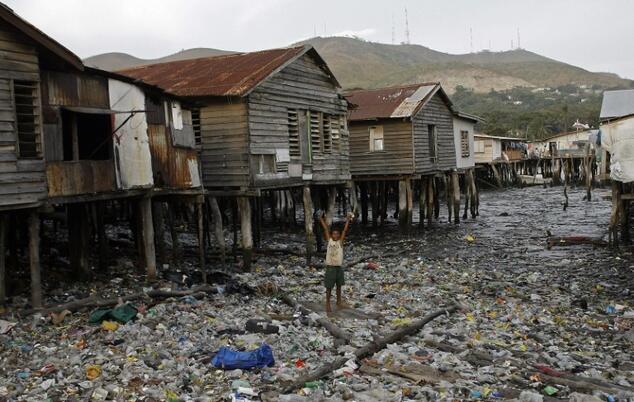Only 20 percent of Pacific Island households have access to electricity — and the cost is among the highest in the world, according to a senior World Bank official.
Kamleshwar Khelawan, an energy specialist at the World Bank, said the energy-poor region required joint government-private sector investment to develop new sources of power.
“The Pacific countries lack, or have limited, indigenous energy resources while the high cost of imported fossil fuels means that Pacific Islands require an increased focus on alternative sources of energy,” Khelawan said Wednesday at the Pacific Power Association Conference in Nuku’alofa, Tonga.
However, while significant investment was needed, the Pacific Islands’ regulatory environment did not favour private sector participation in energy development, he said.
He added “weak or dated” laws in Pacific Islands countries and arrangements that were “often ambiguous in terms of roles and responsibilities” also deterred private sector investment.
“About seven million of the nine million people in Pacific Island countries do not have access to electricity,” Khelawan said.
“Only about 20 percent of households (in the region) have access to electricity.”
The average figure was skewed by very low rates in Papua New Guinea (15 percent), Solomon Islands (20 percent), and Vanuatu (30 percent), which account for the bulk of the region’s population.
Khelawan noted there was hydropower potential in the Solomon Islands, Fiji, Samoa and Papua New Guinea and geothermal possibilities in Papua New Guinea, Vanuatu and Fiji. Solar and wind were the main renewable energy options.
“Governments alone cannot fund the significant investment needed. A combination of government, private sector and development partners’ efforts are required,” he said.
The World Bank Group and International Finance Corporation have been involved in several energy projects in the region.
Source: AFP











